Related Research Articles
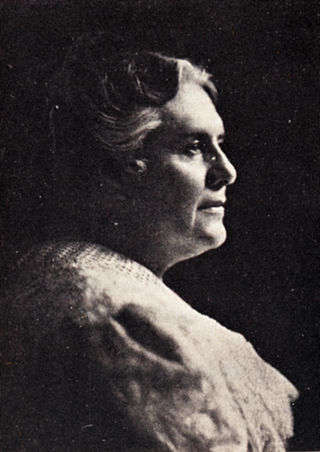
Anna Botsford Comstock was an acclaimed author, illustrator, and educator of natural studies. The first female professor at Cornell University, her over 900-page work, The Handbook of Nature Study (1911), is now in its 24th edition. Comstock was an American artist and wood engraver known for illustrating entomological text books with her husband, John Henry Comstock including their first joint effort, The Manual for the Study of Insects (1885). Comstock worked with Liberty Hyde Bailey, John Walton Spencer, Alice McCloskey, Julia Rogers, and Ada Georgia as part of the department of Nature Study at Cornell University. Together they wrote nature study curricula to develop a curiosity for, and education about, the surrounding natural world. Comstock also was a proponent for conservationism by instilling a love and appreciation of the natural world around us.
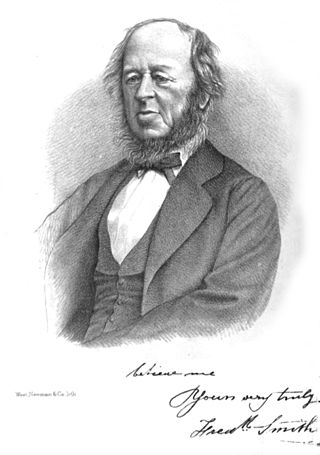
Frederick Smith was a British entomologist who worked at the zoology department of the British Museum from 1849, specialising in the Hymenoptera.

John Henry Comstock was an eminent researcher in entomology and arachnology and a leading educator. His work provided the basis for classification of butterflies, moths, and scale insects.

Alexander Henry Haliday was an Irish entomologist. He is primarily known for his work on Hymenoptera, Diptera, and Thysanoptera, but worked on all insect orders and on many aspects of entomology.
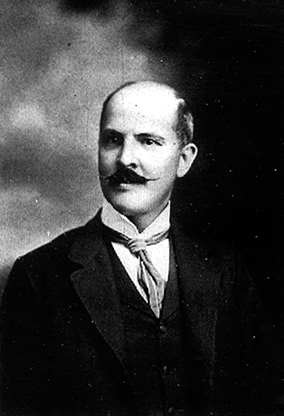
William Harris Ashmead was an American entomologist born on 19 September 1855 at Philadelphia. He died 17 October 1908 at Washington D.C.

Leland Ossian Howard was a pioneer American entomologist who worked in the US Department of Agriculture. Serving as the chief of the bureau of entomology, a successor to C.V. Riley, he helped establish economic entomology as a profession in the United States and strengthened research activities, helping establish laws to prevent the introduction of agricultural pests. He was a specialist on the Hymenopteran family Chalcididae, which are parasitic and contributed to the introduction of biological control agents for pest management. Howard also took an interest in medical entomology.
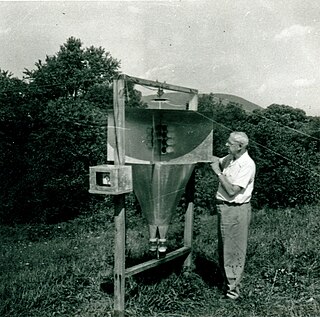
Stuart W. Frost (1891–1980) was a professor of entomology at The Pennsylvania State University, University Park, Pennsylvania. He was born in Tarrytown, New York, and graduated from Cornell University. He was a specialist in leaf-mining flies (Diptera). The Frost Entomological Museum at Penn State was named in his honor.

Vernon Lyman Kellogg was an American entomologist, evolutionary biologist, and science administrator. He established the Department of Zoology at Stanford University in 1894, and served as the first permanent secretary of the National Research Council in Washington, DC.

Alexandre Arsène Girault was an American entomologist specializing in the study of chalcid wasps. An eccentric and controversial figure, Girault was also a prolific and dedicated entomologist. He published more than 325 papers and described over 3000 new taxa from Australia.

Ephraim Porter Felt was an American entomologist who specialised in Diptera.
John S. Clark was a Scottish-born Australian entomologist and myrmecologist known for his study of Australian ants. Born in Glasgow, he developed an interest in entomology at a young age. Clark first arrived in Australia in 1905 and originally worked for the state railways in Queensland. He developed an interest in ants shortly afterwards, collecting his first specimens in North Queensland. He married his first wife, Maggie Forbes in 1908, who bore four children, and died in 1935. He married his second wife, Phyllis Marjorie Claringbulls in 1939 and had two daughters with her. On her suicide in 1943, Clark sent his daughters to an orphanage.
James George Needham was an American entomologist.

Harrison Gray Dyar Jr. was an American entomologist. Dyar's Law, a pattern of geometric progression in the growth of insect parts, is named after him. He was also noted for eccentric pursuits which included digging tunnels under his home. He had a complicated personal life and along with his second wife he adopted the Baháʼí Faith.

Grace Adelbert Sandhouse (1896–1940) was an American entomologist.
John Stuart Noyes is a Welsh entomologist.
Bassettia is a genus of gall wasps found in North America.
Frank Hurlbut Chittenden was an American coleopterist and economic entomologist who worked in the US Department of Entomology.

John Bernhardt Smith was an American professor of entomology who specialized in systematics and economic entomology while also serving as the State Entomologist of New Jersey. Smith is remembered in insect taxonomy for the conflict that he had with Harrison Dyar.
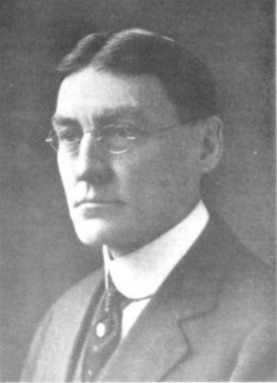
Glenn Washington Herrick was an American professor of entomology who worked at Cornell University.
Clare Rilloraza Baltazar is a Filipina entomologist. She specializes in systematic entomology and economic entomology. Through her research on Philippine Hymenoptera, Baltazar discovered eight previously undescribed genera and 108 species of parasitic wasps. Her work on Hymenoptera was important to future biological pest control in the Philippines. She was named a National Scientist of the Philippines in 2001.
References
- 1 2 3 Krombein, K.V.; Marsh, P.M. "Obituary. Carl Frederick William Muesebeck 1894-1987. Honorary President, Entomological Society of Washington, 1971-1987". Proceedings of the Entomological Society of Washington: 513–523.
- ↑ Muesebeck, C. F. W. (1946-08-01). "Common Names of Insects Approved by the American Association of Economic Entomologists1". Journal of Economic Entomology. 39 (4): 427–448. doi:10.1093/jee/39.4.427. ISSN 1938-291X. PMID 21000967.
- ↑ Hoogstraal, Harry (1969). "Ornithodoros (Alectorobius) muesebecki n. sp., a parasite of the blue-faced booby (Sula dactylatra melanops) on Hasikiya Island, Arabian Sea". Proceedings of the Entomological Society of Washington. 71: 368–374.